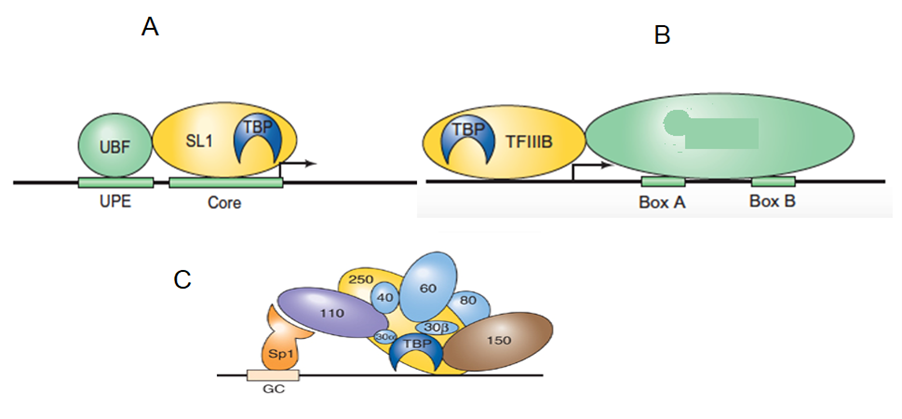TLS Online TPP Program
More Questions
TLS Online TPP Program
#Question id: 17072
#Unit 12. Applied Biology
Plastic Film, Teflon (fluoroethylenepropylene copolymer) is biologically inert and are extensively used for monolayer and suspension cultures as thry are
TLS Online TPP Program
#Question id: 17073
#Unit 12. Applied Biology
Hypoxanthine is converted into guanine by the enzyme HGPRT an enzymes of the salvage pathway. What does HGPRT stands for?
TLS Online TPP Program
#Question id: 17074
#Unit 12. Applied Biology
What are some disadvantages of monoclonal antibody production?
TLS Online TPP Program
#Question id: 17075
#Unit 12. Applied Biology
What are the disadvantages of using polyclonal antibodies?
TLS Online TPP Program
#Question id: 17077
#Unit 12. Applied Biology
Cells lacking Thymidine kinase if introduced into HAT medium which pathways will continue for nucleotide synthesis
TLS Online TPP Program
#Question id: 17078
#Unit 12. Applied Biology
In HGPRT negative cells which pathway is blocked of nucleotide synthesis

